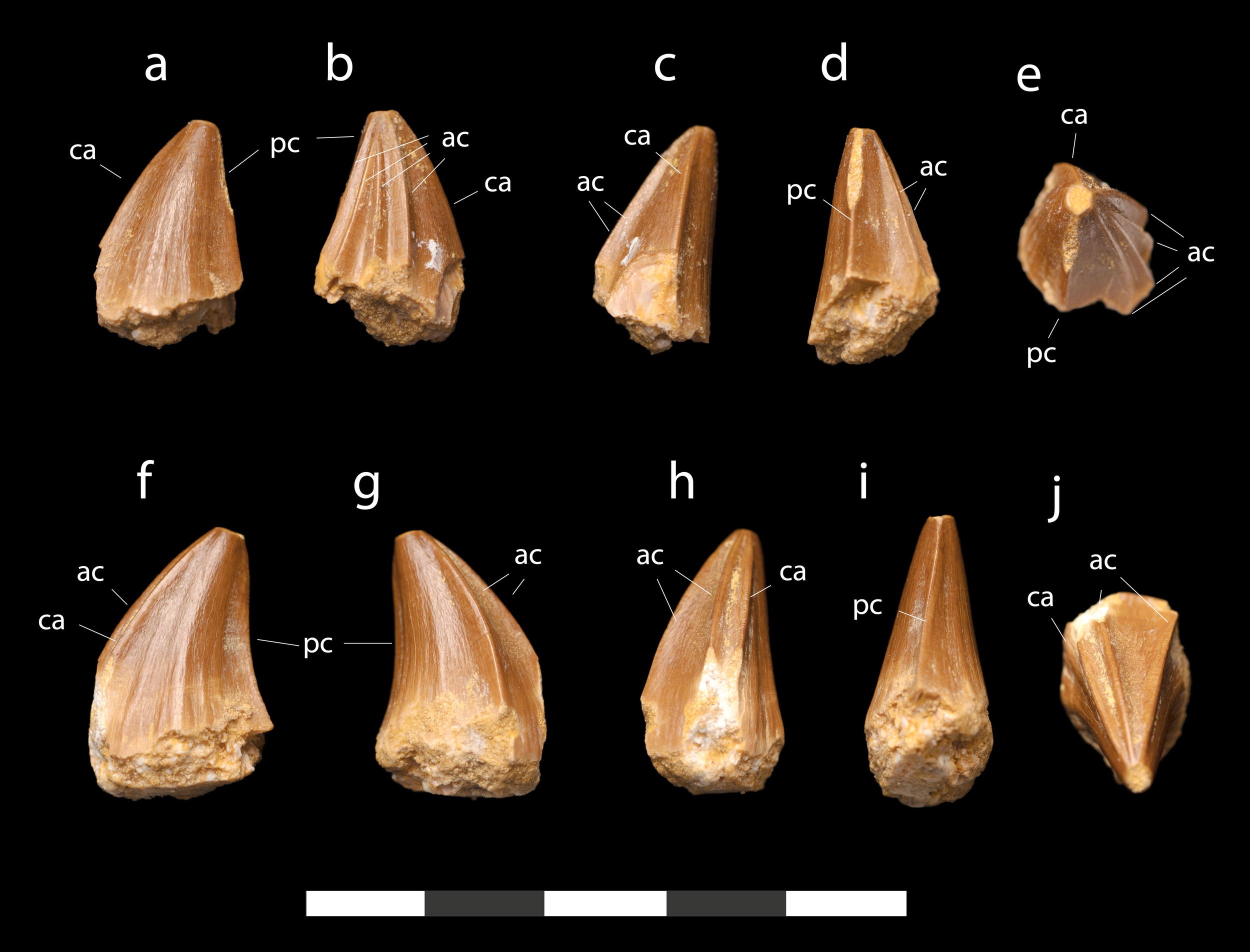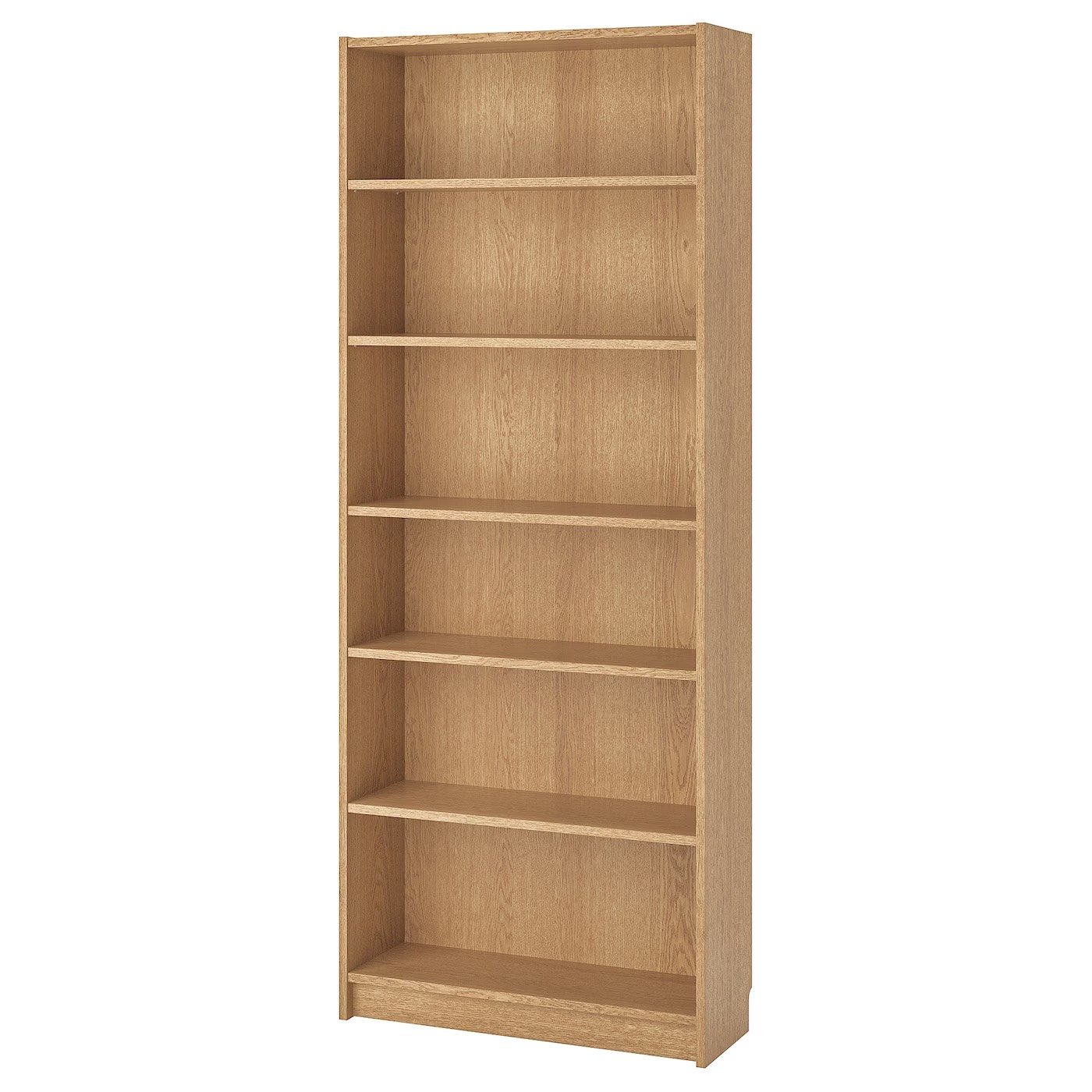A strange new mosasaur with screwdriver teeth from the Maastrichtian of Morocco
Stelladens is a very weird, surprising creature, and extremely rare. And the Maastrichtian of Morocco seems to have an endless supply of new species.
Stelladens mysteriosus was a mosasaur, one of the giant marine lizards that lived at the end of the Cretaceous. So far, we know very little about this animal— in fact, all we’ve found of it are a scrap of jawbone, and two teeth. Three, if you count the tip of a replacement tooth in one of the tooth sockets.
And so (as is traditional in paleontology) from this fragment of jaw and two (or actually three) teeth, I have produced a detailed reconstruction of the animal, showing its life habits.
In fact, we can actually tell quite a bit about Stelladens from its peculiar teeth, although it still leaves us puzzling and scratching our heads.
For one thing, we can name it formally. Now, normally, mosasaur teeth aren’t distinctive enough to let you describe and name a species. But Stelladens had weird teeth. Very, very, very weird teeth.
Your typical mosasaur tooth is a pointy cone, adapted to pierce and hold prey. The pointy cone typically has a ridge running up the front and back edge of the tooth, called carinae. In advanced mosasaurs, like Mosasaurus, these carinae are elaborated to form cutting edges, with minute serrations. Similar features occur in carnivores like Komodo dragons and Velociraptor, and these adaptations- along with a more bladelike tooth cross-section, and increase in the overall tooth size- are adaptations to attack, kill, and cut apart large prey items. These more sophisticated teeth, along with a higher degree of heterodonty- specialization of front and back teeth to serve different functions- are typical of the Mosasaurinae.
Mosasaurines are the most diverse group of mosasaurs and their specialized and highly diverse dentition may have contributed to their success, much as complex teeth helped mammals diversify. The mosasaurines seem to have gone in a number of different directions with their teeth. In Mosasaurus, they’re large spikes, probably used to snag large fish. In Xenodens, they’re laterally compressed blades, packed to form a saw-like cutting edge. In Globidens and Carinodens, the teeth independently evolved into blunt, gnarled, bulbous teeth, to crush shellfish. In Thalassotitan, teeth are massive, conical spikes to rip apart large prey.
Stelladens mysteriosus. Pen and digital, Nick Longrich, 2023.
And now, in Stelladens, we have something else entirely.
Teeth from the left lower jaw of Stelladens mysteriosus. A and F, lateral view, B and G, medial view, C and H, anterior view, D and I, posterior view, E and J, apical view.
Stelladens has prominent, serrated cutting edges on the teeth, which is typical of Mosasaurinae (as is the slightly rugose enamel, and the U-shaped cross-section of the teeth). But unlike other mosasaurines- or for that matter, unlike anything- the teeth have evolved a series of two to four extra, serrated carinae on the inside of the tooth.
These teeth have anywhere from four bladelike ridges, like a Phillips-head screwdriver, up to six ridges, like a hex wrench. So just what are they eating?
Phillips-head screws?
IKEA furniture?
The Billy Bookcase, by Ikea
No other mosasaur has anything quite like this. Mosasaurus does have accessory ridges, which divide the teeth into a series of flat facets, but the strong ridges and serrations in Stelladens actually look like extra carinae- although it’s not impossible that the same genes that help produce the carinae also produce the ridges and facets in Mosasaurus teeth, so they might at some level be homologous structures.
No other lizard has anything similar, either. Neither, for that matter, does any reptile I’m aware of, or any animal.
Ornithischian dinosaurs, like duckbills and horned dinosaurs, do have ridges on the inside of the teeth, although their teeth are very different, and of course they’re herbivores. The lack of anything similar in any living or extinct animal makes it rather difficult to use a comparative approach.
Neither do we have a lot of the animal to work with- just that jaw fragment. Still, we can probably make a few guesses about what it was doing.
Stelladens was a moderately large mosasaur- maybe four or five meters long, guestimating from the jaw fragment. It probably ate moderately large prey, given a general correlation between body size and prey size. The teeth seem to be relatively small for the jaw, however, so it was eating smaller animals than other animals of equivalent body size. Certainly, given its size and its small teeth, it wasn’t taking large marine reptiles; this wasn’t an apex predator.
We can guess the prey probably weren’t entirely soft-bodied, like jellyfish or squid. The teeth are fairly short and robust, rather than long and dagger-like or hook-like as you’d expect for soft-bodied prey. But neither was it a durophage, eating hard prey. If that was the case, we’d expect the teeth to be shorter, blunter like in Globidens and Carinodens. The teeth also show a degree of wear- flat facets on the tips and on the back of the carina- which suggests they were hitting bone or shell from time to time. So what was it doing?
Well, via a process of elimination, what’s left?
Maybe it preyed on some strange sort of bony fish.
Maybe some sort of crustacean.
Maybe some sort of cephalopod- thin-shelled ammonites, or the straight-shelled ammonites, or baculites, or perhaps belemnites.
Unless we some day discover a specimen with gut contents, we’ll probably never know. But likely, given its teeth didn’t look like those of any other mosasaur, it ate something other mosasaurs rarely ate.
Unfortunately, we’re unlikely to find any more, at least in the near future. That’s because Stelladens is extremely rare. In almost a decade of working in Morocco, I’ve never seen one before. My collaborator Nathalie Bardet has spent two decades studying the mosasaurs and she’s never seen one either. One of my local friends, whose family works in the fossil trade, says in all his years working in the phosphates, of countless thousands of teeth, he’s only ever seen one tooth of the animal, ever.
gotta catch ‘em all
So what’s that mean? Well, it’s an elusive creature, rare as a white whale, like Moby Dick. Maybe it’s my destiny to spend my life, like Ahab, in pursuit of this elusive creature. It is sort of fun to think that there’s still something left to be found, something to pursue, that you’ll never quite get to the end of the quest to find these mosasaurs.
From a biological standpoint, though, it’s not really that surprising. Here’s the thing about rarity. Rarity is actually, paradoxically, pretty common. Most species are rare.
If you go whalewatching, or birdwatching, or really trying to survey any sort of biological diversity, you’ll typically find the ecosystem is dominated by a handful of species. A few species tend to be abundant. A few species tend to be widespread. The two ways of being common- widespread, and abundant- tend to track one another, so your abundant species tend to be widespread as well, and your rare stuff tends to be localized.
The paleontological record is obviously going to be biased towards the common things, and towards the widespread things. As we sample, we find the common things, then the uncommon things, and finally, slowly, we start to put together a picture of the uncommon species. We’re currently at that phase with Morocco. Most of the common mosasaurs things, species like Thalaassotitan atrox, Mosasaurus beaugei, Eremiasaurus heterodon and Gavialimimus almaghribensis have been found. We’re now working on uncommon species like Pluridens and tylosaurs, and the really rare stuff, things like Stelladens and Xenodens.
I’ve previously argued that we’re just beginning to get a picture of Maastrichtian marine diversity, and odd finds like Stelladens reinforce that idea. In a highly diverse ecosystem, there are many species, and most of them are rare. For paleontologists describing new species, this implies we have a degree of job security.
Whether I want to spend the rest of my life describing them, I’m not so sure, there are bigger problems. In some ways, endlessly describing mosasaurs is not the worst fate in the world; I like fossils, photographing and prepping and describing and illustrating them. I dislike paleontology that is too far from fossils — it’s too far from the Dao as Zhuangzhi would put it, if that makes any sense. The basics of descriptive paleontology are how we sketch out the diversity of life, and I don’t think we can just understand the world from databases. That was why Darwin studied barnacles, after a while, and maybe in the middle of sorting out the species, I’ll get lucky and have a clever idea or two, like Darwin.
I’d like to think I’ve learned a thing or two from mosasaurs. One of the curious things is that mosasaurs mirror what’s happening in terrestrial ecosystems. Tooth complexity, for example- that’s something that happens a lot in the Mesozoic. Mosasaurs in the water, lizards on land, dinosaurs, certain crocodylians, and of course, dinosaurs- their teeth all get more complex, in a way we don’t really see in the Paleozoic, I’d suggest. So what does that reflect? Is it just that the diversity of teeth reflects the diversity of plants and animals available to eat- or is something more subtle going on- is it perhaps the case that what we see in mosasaurs and other animals is the ability to develop more complex teeth— that partly what we’re seeing is that the lineages that are succeeding are the ones that have higher evolvability, the capacity to produce a much wider range of tooth structures? If so, that flexible design of the mosasaur tooth- they’re far more diverse than the teeth of plesiosaurs, which are all simple, pointy cones- may help explain their success in the Late Cretaceous.
References
Bardet, N., Houssaye, A., Vincent, P., Pereda-Suberbiola, X., Amaghzaz, M., Jourani, E., Meslouh, S., 2015. Mosasaurids (Squamata) from the Maastrichtian phosphates of Morocco: biodiversity, palaeobiogeography and palaeoecology based on tooth morphoguilds. Gondwana Research 27, 1068-1078.
Bardet, N., Pereda-Suberbiola, X., Jouve, S., Bourdon, E., Vincent, P., Houssaye, A., Rage, J.-C., Jalil, N.-E., Bouya, B., Amaghzaz, M., 2010. Reptilian assemblages from the latest Cretaceous–Palaeogene phosphates of Morocco: from Arambourg to present time. Historical Biology 22, 186-199.
LeBlanc, A.R.H., Caldwell, M.W., Bardet, N., 2012. A new mosasaurine from the Maastrichtian (Upper Cretaceous) phosphates of Morocco and its implications for mosasaurine systematics. Journal of Vertebrate Paleontology 32, 82-104.
Longrich, N.R., Bardet, N., Khaldoune, F., Yazami, O.K., Jalil, N.-E., 2021. Pluridens serpentis, a new mosasaurid (Mosasauridae: Halisaurinae) from the Maastrichtian of Morocco and implications for mosasaur diversity. Cretaceous Research, 104882.
Longrich, N.R., Bardet, N., Schulp, A.S., Jalil, N.-E., 2021. Xenodens calminechari gen. et sp. nov., a bizarre mosasaurid (Mosasauridae, Squamata) with shark-like cutting teeth from the upper Maastrichtian of Morocco, North Africa. Cretaceous Research, 104764.
R.Longrich, N., Jalil, N.-E., Khaldoune, F., Yazami, O.K., Pereda-Suberbiola, X., Bardet, N., 2022. Thalassotitan atrox, a giant predatory mosasaurid (Squamata) from the Upper Maastrichtian Phosphates of Morocco. Cretaceous Research.
Longrich, N.R., Jalil, N.-E., Pereda-Suberbiola, X., Bardet, N., 2023. Stelladens mysteriosus: A Strange New Mosasaurid (Squamata) from the Maastrichtian (Late Cretaceous) of Morocco. Fossils 1, 2-14.
Schulp, A.S., Bardet, N., Bouya, B., 2009. A new species of the durophagous mosasaur Carinodens (Squamata, Mosasauridae) and additional material of Carinodens belgicus from the Maastrichtian phosphates of Morocco. Netherlands Journal of Geosciences 88, 161-167.
Strong, C.R., Caldwell, M.W., Konishi, T., Palci, A., 2020. A new species of longirostrine plioplatecarpine mosasaur (Squamata: Mosasauridae) from the Late Cretaceous of Morocco, with a re-evaluation of the problematic taxon ‘Platecarpus’ ptychodon. Journal of Systematic Palaeontology, 1-36.





